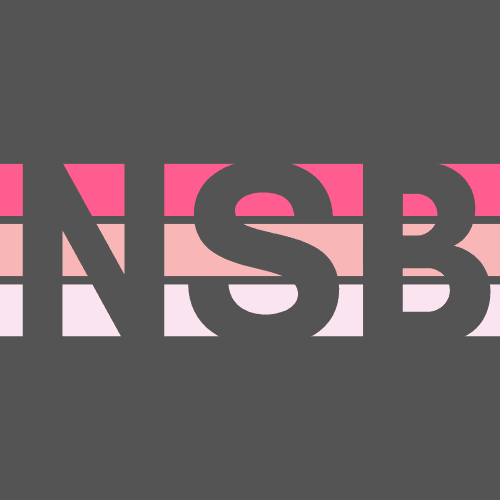Anxiety makes it difficult to get through your day.
What are the symptoms of an anxiety?
Symptoms can vary depending on the type of anxiety you have.
Physical symptoms:
- Cold or sweaty hands.
- Dry mouth.
- Heart palpitations
- Nausea.
- Numbness or tingling in hands or feet.
- Muscle tension.
- Shortness of breath.
Mental symptoms:
- Feeling panic, fear and uneasiness.
- Nightmares.
- Repeated thoughts or flashbacks of traumatic experiences.
- Uncontrollable, obsessive thoughts.
Behavioural symptoms:
- Inability to be still and calm.
- Ritualistic behaviors, such as washing hands repeatedly.
- Trouble sleeping.
Anxiety disorders are a type of mental health condition.
What is an anxiety disorder?
An anxiety disorder is a type of mental health condition. If you have an anxiety disorder, you may respond to certain things and situations with fear and dread. You may also experience physical signs of anxiety, such as a pounding heart and sweating.
It’s normal to have some anxiety. You may feel anxious or nervous if you have to tackle a problem at work, go to an interview, take a test or make an important decision. And anxiety can even be beneficial. For example, anxiety helps us notice dangerous situations and focuses our attention, so we stay safe.
But an anxiety disorder goes beyond the regular nervousness and slight fear you may feel from time to time. An anxiety disorder happens when:
- Anxiety interferes with your ability to function.
- You often overreact when something triggers your emotions.
- You can’t control your responses to situations.
What are the types of anxiety disorders?
There are several types of anxiety disorders, including:
- Generalized anxiety disorder (GAD)
- Panic disorder
- Phobias.
- Separation anxiety
Other mental health conditions share features with anxiety disorders. These include post-traumatic stress disorder and obsessive-compulsive disorder.
What is generalized anxiety disorder (GAD)?
With GAD, you may feel extreme and unrealistic worry and tension — even if there’s nothing to trigger these feelings. Most days, you may worry a lot about various topics, including health, work, school and relationships. You may feel that the worry continues from one thing to the next.
Physical symptoms of GAD can include restlessness, difficulty concentrating and sleeping problems.
What is a panic disorder?
If you have a panic disorder, you get intense, sudden panic attacks. These attacks often feature stronger, more intense feelings than other types of anxiety disorders.
The feelings of terror may start suddenly and unexpectedly or they may come from a trigger, like facing a situation you dread. Panic attacks can resemble heart attacks. If there’s any chance you’re experiencing a heart attack, go to the emergency room. It’s better to err on the side of caution and have a healthcare professional check you.
During a panic attack, you may experience:
- Sweating.
- Heart palpitations (feeling like your heart is pounding).
- Chest pain.
- Feeling of choking, which can make you think you’re having a heart attack or “going crazy.”
Panic attacks are very upsetting. People with panic disorder often spend a lot of time worrying about the next panic attack. They also try to avoid situations that might trigger an attack.
What are phobias?
Phobias are an intense fear of certain situations or objects. Some of these fears may make sense, such as a fear of snakes. But often, the level of fear doesn’t match the situation.
Like with other anxiety disorders, you may spend a lot of time trying to avoid situations that may trigger the phobia.
A specific phobia, or a simple phobia, is an intense fear of a particular object or situation. It may cause you to avoid everyday situations. Some specific phobias include fear of:
- Animals, such as spiders, dogs or snakes.
- Blood.
- Flying.
- Heights.
- Injections (shots).
Social anxiety disorder
Healthcare providers used to call this condition social phobia. You may have overwhelming worry and self-consciousness with daily social situations. You may worry about others judging you or you may be anxious that you’ll embarrass yourself or open yourself up to ridicule. People with social anxiety disorder may avoid social situations entirely.
Agoraphobia
If you have agoraphobia, you may have an intense fear of being overwhelmed or unable to get help. Usually, you have a fear of two or more of these environments:
- Enclosed spaces.
- Lines or crowds.
- Open spaces.
- Places outside your house.
- Public transportation.
In severe situations, a person with agoraphobia may not leave the house at all. They’re so terrified of having a panic attack in public that they prefer to stay inside.
What is separation anxiety disorder?
This condition mostly happens to children or teens, who may worry about being away from their parents. Children with separation anxiety disorder may fear that their parents will be hurt in some way or not come back as promised. It happens a lot in preschoolers. But older children and adults who experience a stressful event may have separation anxiety disorder as well.



